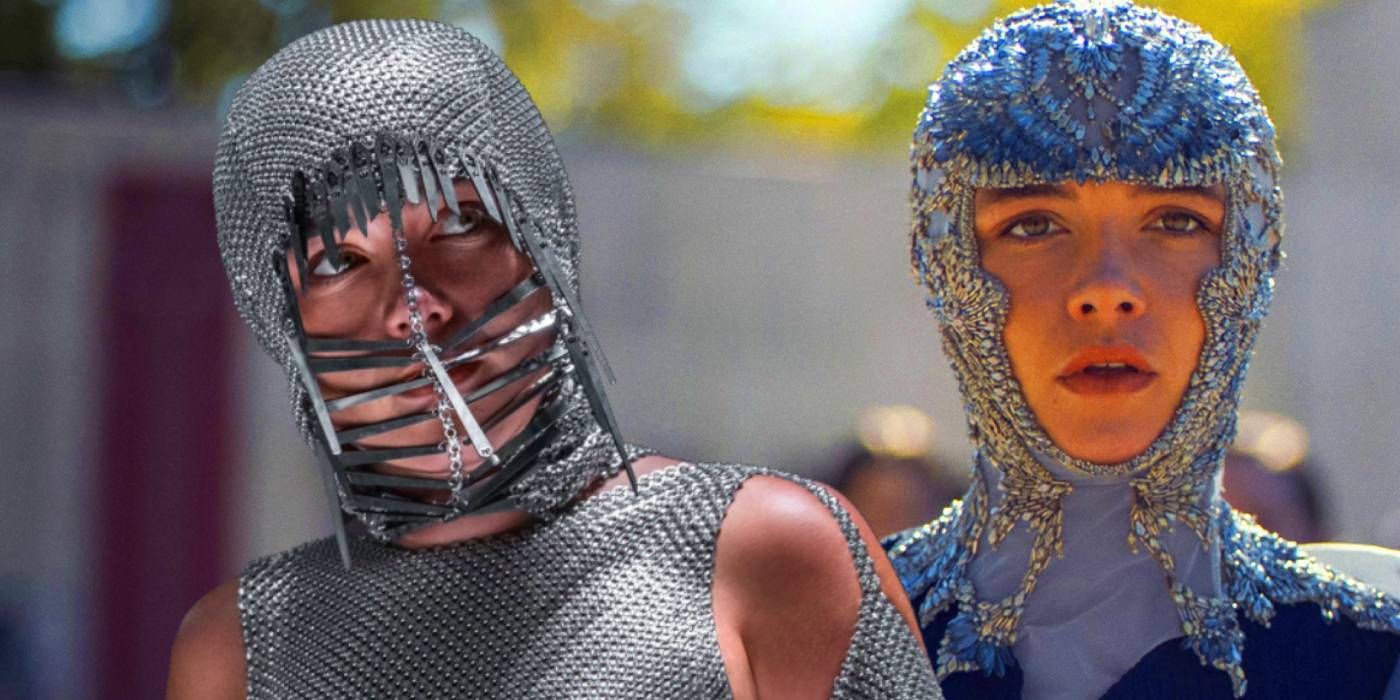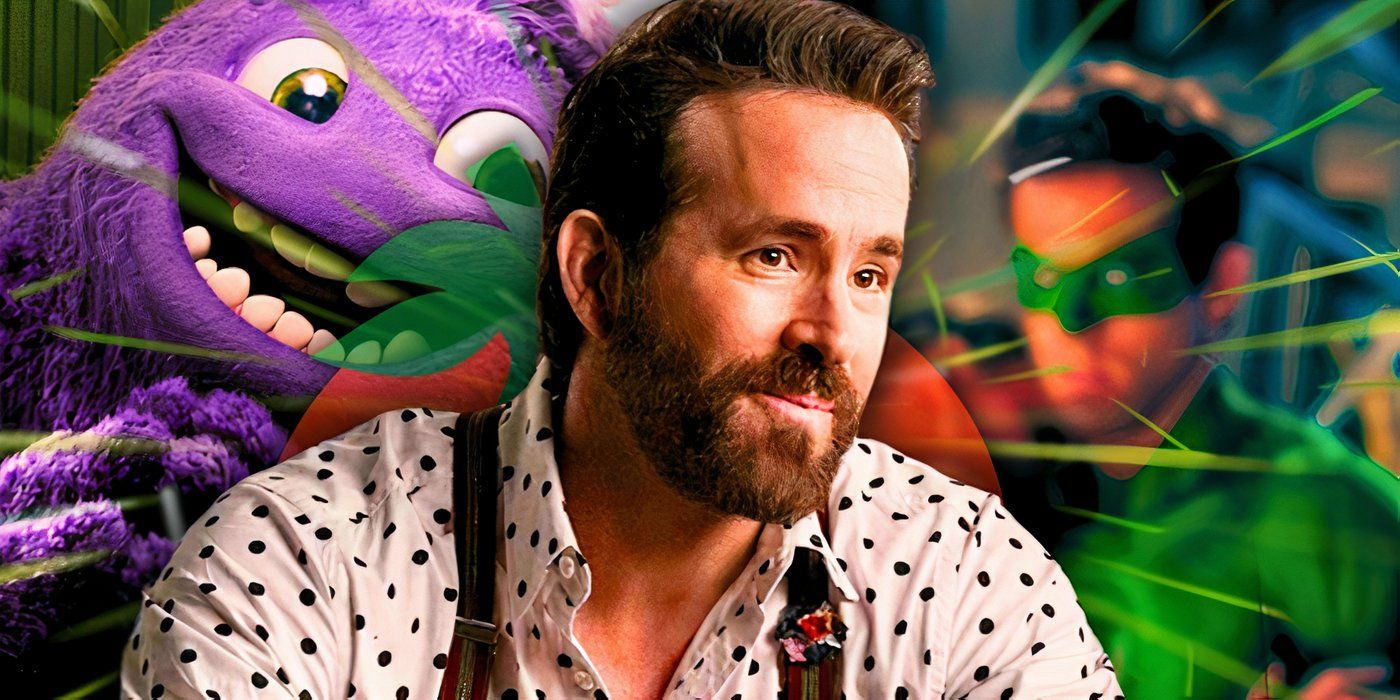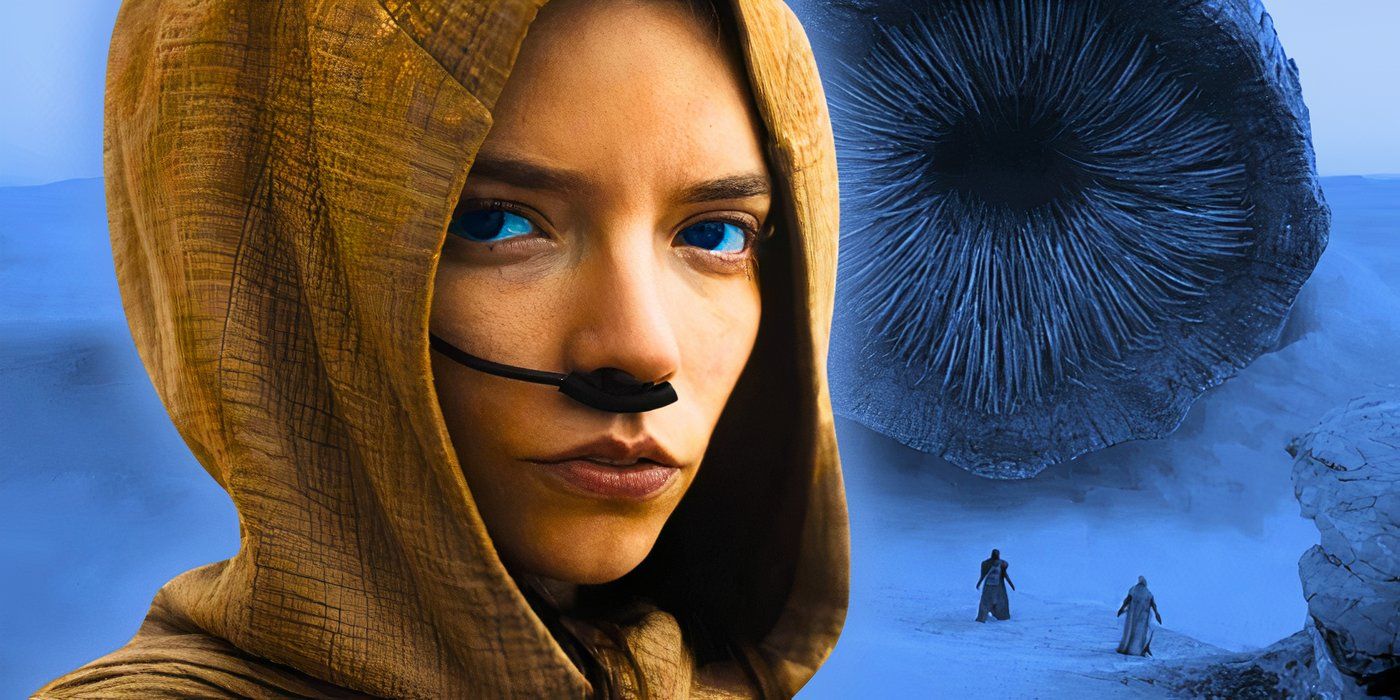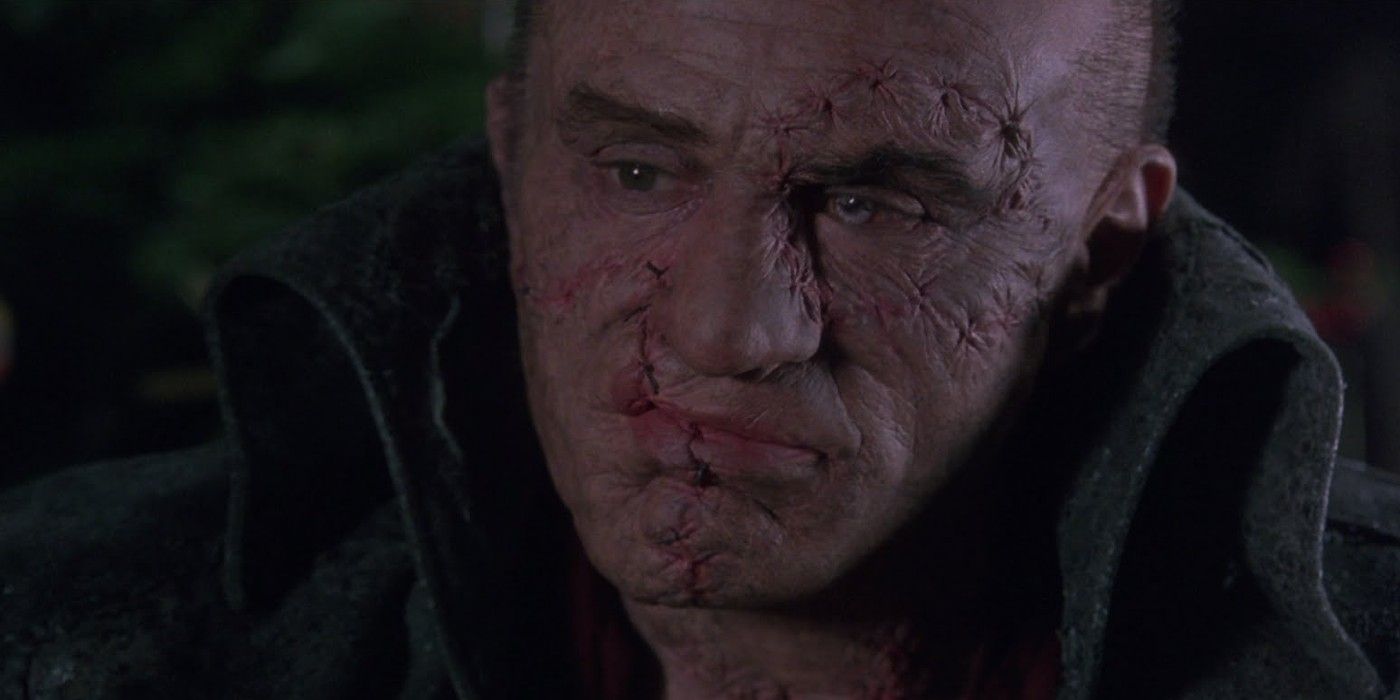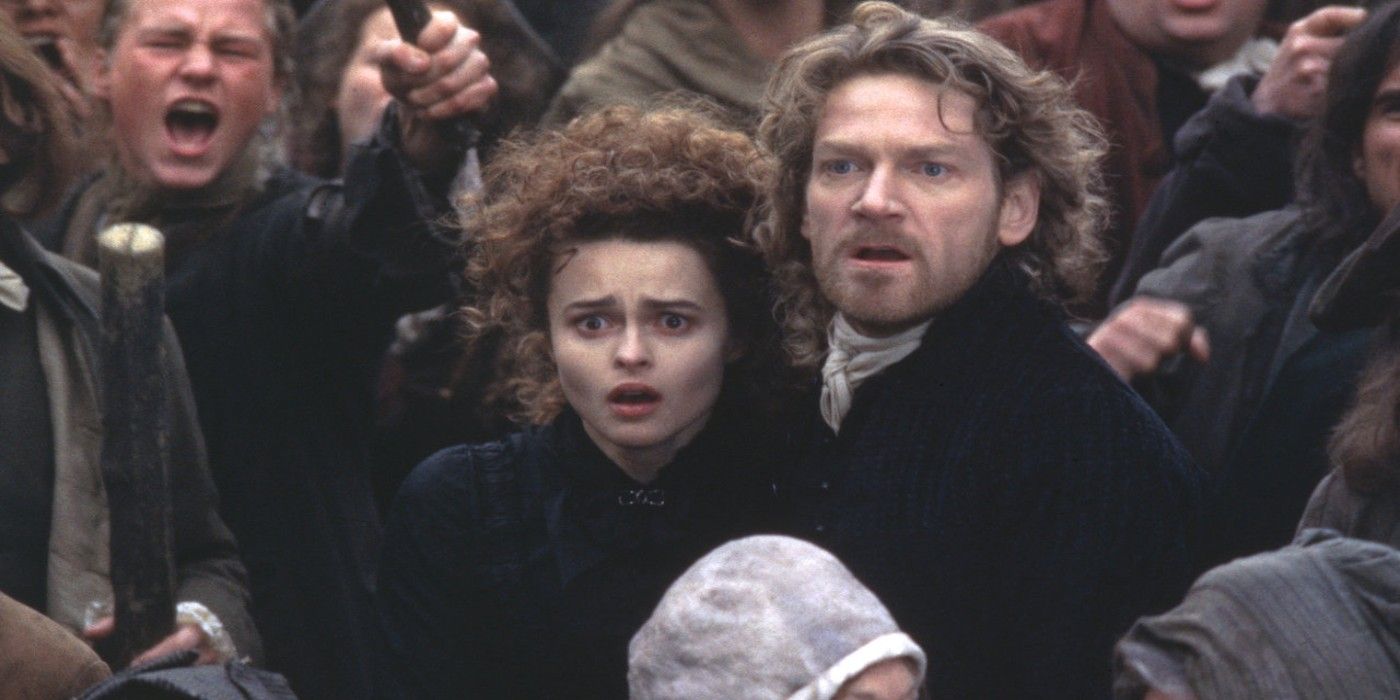1994’s Mary Shelley’s Frankenstein can be seen as the definitive film version of the 1818 novel. The film, directed by Kenneth Branagh—who stars as Victor Frankenstein—rehashes the old “modern Prometheus” story, mostly staying true to the book and portraying themes like nature versus nurture and meddling with power. The science fiction horror film keeps the main plot line intact, even sticking to the original beginning in which Victor, traveling across the Arctic alone, reflects on his tragic story. As in the book, the movie has Victor turn to experimental science after his mother dies; he vows he will find a way to "conquer death." Victor uses another scientist's findings to figure out how to create life, eventually bringing the infamous Creature (Robert DeNiro) to life.
Immediately, Victor regrets what he's done and tries to kill the Creature, but it flees into the woods. Months go by as he lives in isolation, and in the meantime Victor—who believes his creation to be dead—is readying to marry his adopted sister Elizabeth (Helena Bonham Carter). After a sequence of events, the Creature tears out Elizabeth's heart, and a grieving Victor desperately turns to science to bring her back to life—but she isn't the same, and she sets herself on fire. The story ends, as in the book, with Victor in the Arctic, searching for the Creature so he can kill him. He dies of pneumonia, only to be found by the Creature, who mourns his creator and burns himself alive.
Of course, some twists and turns were added to the movie, but most of them made the adapted story even better. Elizabeth setting herself on fire, for example, wasn't in the book. The added scene was welcome, though; it brought more drama to the story as it demonstrated the immorality of toying with science for one's own benefit. Another addition to the film version was Victor using Professor Waldman's brain to create the Creature; in the novel Shelley left this unknown. Also notably different from the book was the health and physique of Victor; in the book, he is described as neglectful of his well-being and ridden with anxiety, but in the movie he is in great shape and boasts ample energy.
Why Frankenstein (1994) Is The Best Movie Adaptation Of Mary Shelley's Novel
Other than the plot line, the film offered a star-studded cast: Kenneth Branagh, Robert DeNiro, Helena Bonham Carter, Tom Hulce, Ian Holm, John Cleese, and Aidan Quinn. What's more, the film made strides in areas like set design, costume design, and makeup. Indeed, the film was nominated for Best Makeup at the Academy Awards and for Best Production Design at the British Academy Film Awards, and was also nominated for various related accolades at the Saturn Awards. The makeup team took on a tough challenge in reimagining the appearance of the Creature, and succeeded in offering a memorable image without resorting to stereotypes. The costumes, most notably the dresses and waistcoats, really gave viewers a feel for the late-1700s setting. And the set design gave viewers realistic depictions of the Arctic expanse, the isolated cave, and the mad science laboratory.
While 1994’s Mary Shelley’s Frankenstein should be hailed as the definitive movie version of the 1818 story, especially for DeNiro's performance as the Creature, it did face some backlash. Many critics were wary of Branagh's direction of the movie, suggesting that there was not enough subtlety. And, of course, there are always other adaptations of the film to consider; James Whale's 1931 version, starring Boris Karloff in his career-defining role as the Creature, might always remain the classic version of the story.


